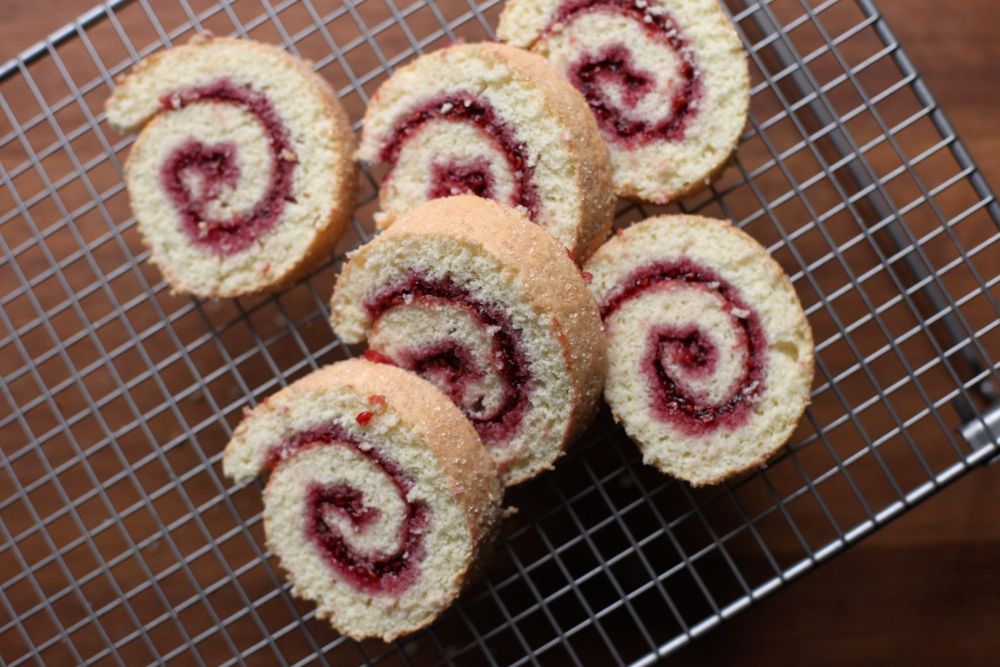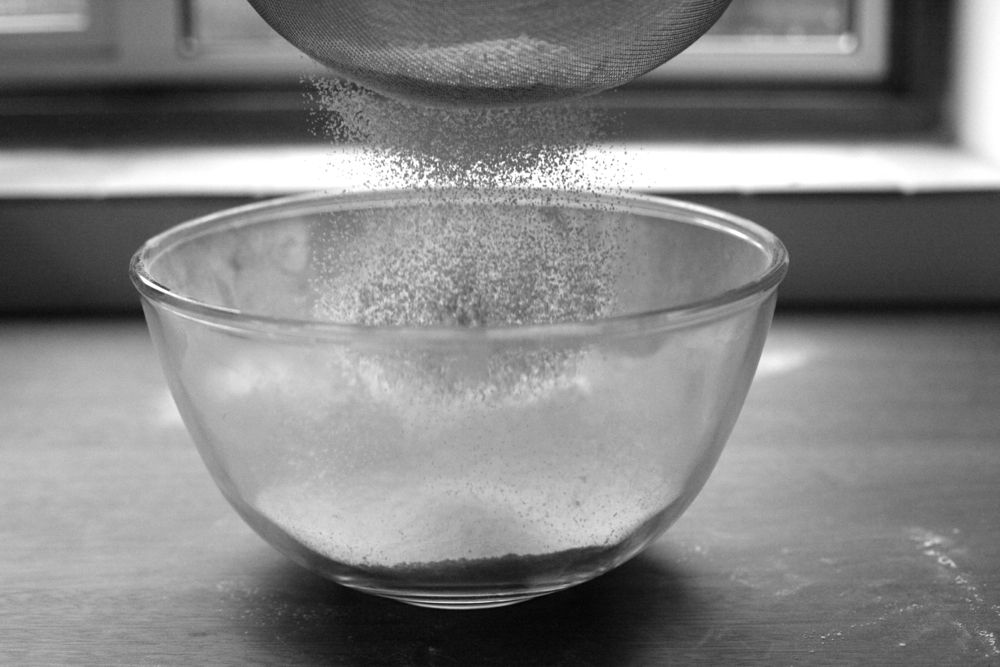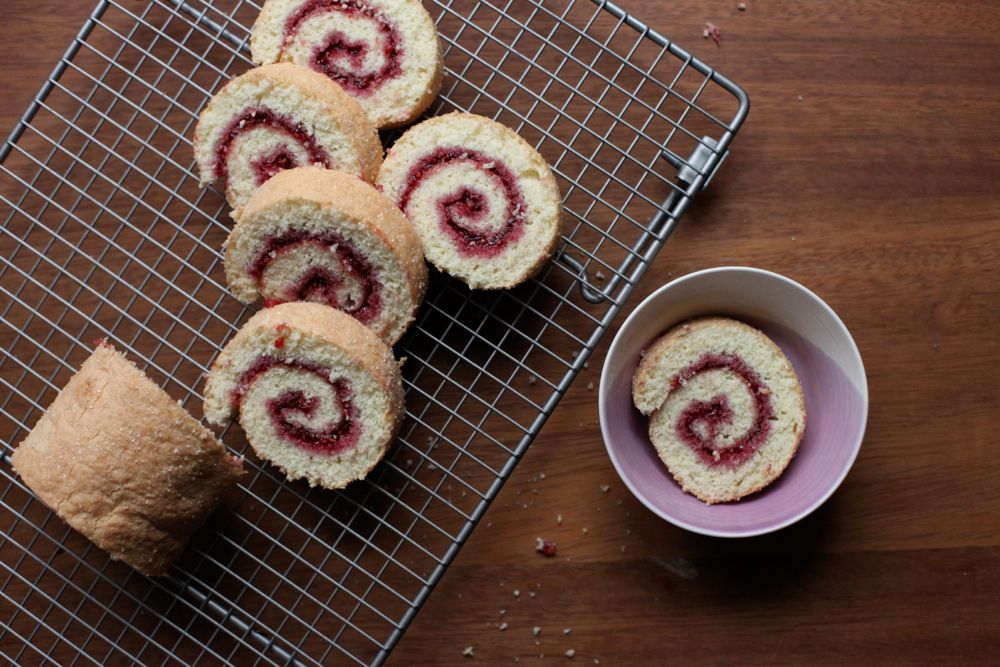I made a big batch of Seville Orange Marmalade in January. Before I came out to Switzerland, I ate it every day for breakfast.
I'm obsessed with toasted wholemeal bagels spread with lots of salted butter that melts and mingles with the bittersweet marmalade. The buttery mixture often breaches the edge and runs in sticky rivulets down your fingers. I couldn't bring a jar with me as I came over with hand luggage, so I've been dreaming about it every morning (though Homemade Granola has been an acceptable replacement). The half term stint is nearly over, so on Sunday morning I'll be joyfully munching through a marmalade bagel with lots of hot tea in a sticky mug.
To try and make it last the full year until the Sevilles come back again, I tend to go through a jar quite slowly. As a result, I've never really baked with it. This year I miscalculated the number of empty jars, so I ended up with about half a jar worth of marmalade in bowl. It seemed like a good opportunity to experiment.
Usually a Linzer torte has a lattice on top and the short, crumbly pastry is enriched with egg yolks and flavoured with lemon and cinnamon. This recipe evolved from an Alice Medrich recipe for a speedy, non-traditional torte. I've halved the recipe to make a smaller 6" torte (and in doing so simplified the recipe even further). It isn't a proper Austrian Linzer anymore - the flavours and texture are different - so I've called it the Almost-Linzer.
In a way, it's a bit like a giant cookie that you slice up - it's not very thick, about 1.5cm. The shreds in the marmalade give it an extra texture that you don't get with other jams. The ginger gives it a bit of fire to balance out the sweetness from the pastry and the bitter note from the oranges.
This recipe is wonderfully adaptable. I've made several tortes with the more traditional raspberry-redcurrant jam (the same as in the swiss roll), spiced with cinnamon. I've also tried vanilla with a swirled combination of raspberry-redcurrant and chunky apricot. My friend Steph, of Desserts for Breakfast, made a cranberry and clove version of the same original recipe. I think it's best if you use a jam or filling that had a touch of bitterness or tartness to counteract the outside. I've always used almonds, but I'd love to try hazelnuts, pecans or walnuts.
I think it's considerably better when it's fully cooled (or on the next day), but I find it very tempting hot - it smells so good - and often can't resist. It's soft when it's warm but goes chewy as it cools, which makes it easy to transport. It took me two slices to fall in love with it but now I'm thrilled I have it in my repertoire.
Do you bake with marmalade?
Seville Marmalade Almost-Linzer Torte
(adapted from Alice Medrich's Sinfully Easy Delicious Desserts)
50g whole almonds
65g plain flour
75g light brown sugar
1 tsp ground ginger
big pinch of fine sea salt
75g unsalted butter
1 tsp milk
100g seville orange marmalade*
Place the almonds, flour, sugar, ginger and salt into a food processor and blend until fine. Cube the butter then add it with the milk and blend until the dough just comes together. Wrap a 25g chunk of the dough in a bit of cling film. Lightly grease a 6" round cake or tart tin with a removable base, then scrape the rest of the dough into it. Use your fingers to press it out into an even layer with a little lip at the side. Place the little ball of dough and the tin into the fridge and chill for at least 30 minutes - meanwhile, preheat the oven to 170C/340F.
Spread the marmalade out in the middle of the tin, leaving a gap at the edge. Tear the extra bit of dough into small chunks and arrange on the top. Put into the oven and and bake for 30 minutes until the sides and splodges in the middle are deep golden-brown and the jam is bubbling. Sit on a wire rack. After five minutes, run a knife around the edge and remove the tin. Leave to cool fully. Keeps well for at least 4 days in a sealed tin.
(Makes one 6" torte, 6-8 slices)
* The jams and marmalades I make are generally soft-set. If yours isn't, a tiny bit of lemon juice or water should loosen it slightly. Lemon would also be a good idea if the jam is purely sweet (i.e. not a little bitter, like marmalade).
A few more recipes that use ginger:
2012: Ginger Bourbon Pecan Pie
2011: Ginger Root Bundt Cake
2010: Gingernuts



